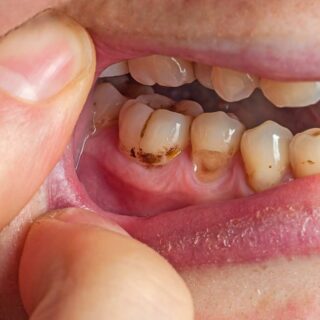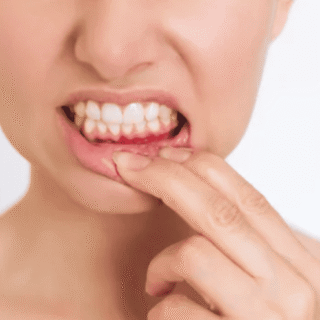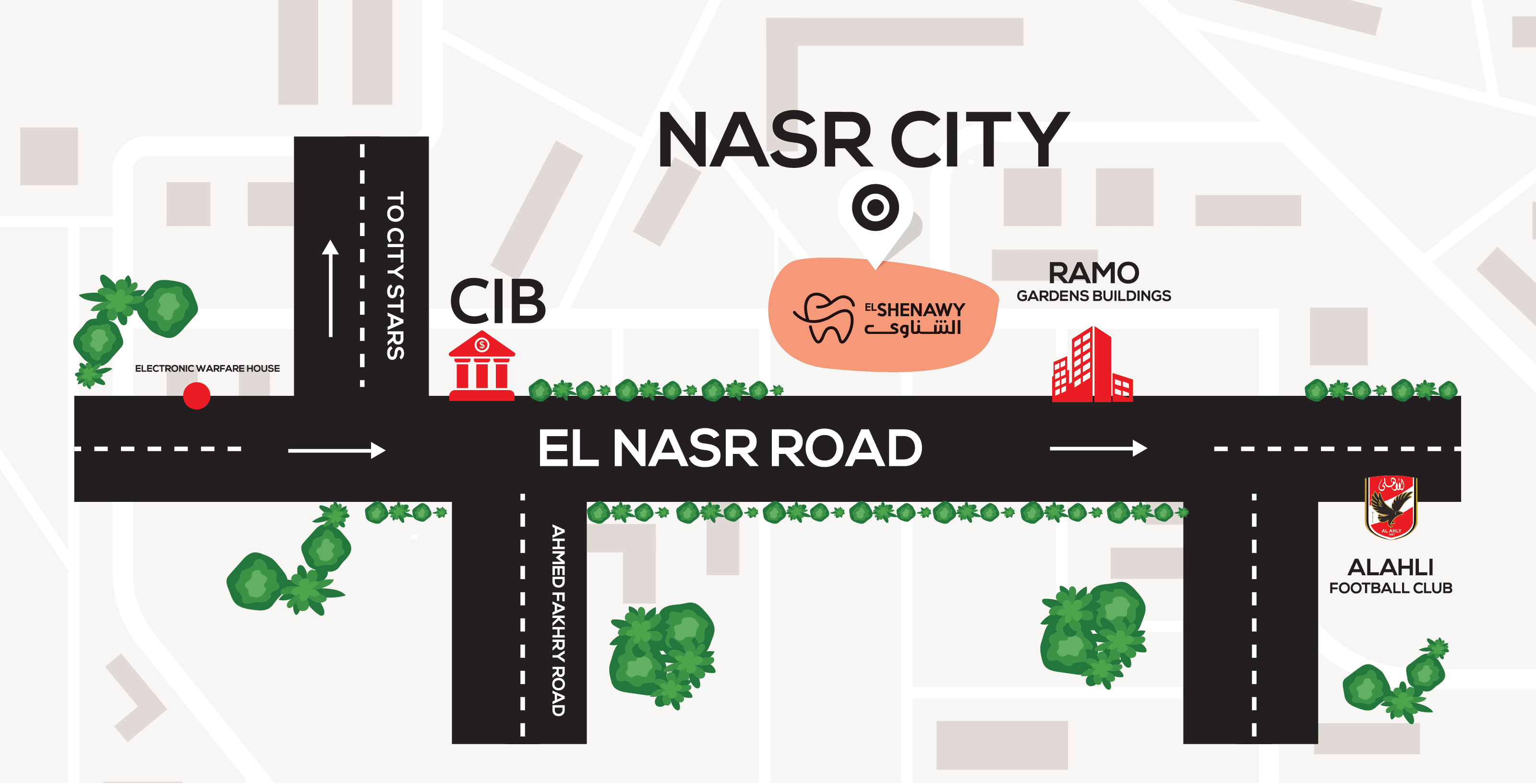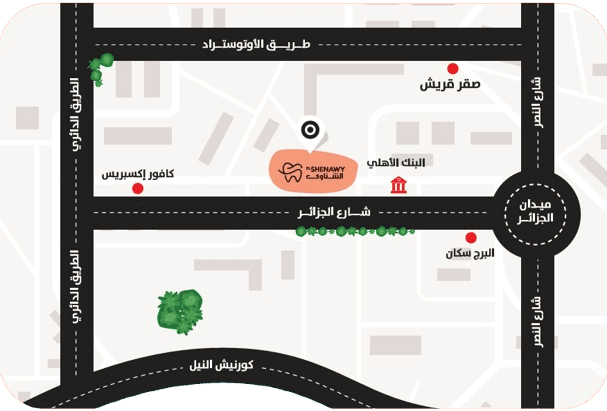Crooked teeth are a common issue that can affect your smile in addition to your overall dental health and everyday functions like chewing and speaking. Crooked teeth braces offer an effective solution by gradually moving your teeth into their proper positions. This not only enhances the appearance of your smile but also improves bite alignment, oral hygiene, and overall comfort. Whether for children or adults, braces can play a vital role in achieving a healthier, more confident smile.
What are braces?
Braces are orthodontic appliances designed to straighten crooked teeth, correct misalignment, and restore both the function and appearance of the smile. They are used in cases where the teeth do not align properly when the mouth is closed—a condition known as malocclusion.
Available in various types, braces apply gentle, consistent pressure over time to gradually move teeth into their correct position. This not only enhances the look of the teeth but also improves jaw function, speech clarity, and overall oral health. Straight teeth are simpler to keep clean, which makes tooth decay and gum disease less likely.
Braces tackle not just how your teeth look, but also how they work, leading to a healthier, more confident smile.
Some dental cases that braces can fix
Braces are reliable treatment for fixing various dental problems in both kids and grown-ups, including:
- Crowded Teeth: Crowding occurs when there is an insufficient space in the jaws and the teeth may overlap.
- Gaps Between Teeth: Spaces that may form due to missing teeth or natural spacing issues.
- Misaligned Jaw: Incorrect jaw positioning can affect bite and facial balance.
- Overbite / Open Bite: The upper teeth overlap too much, or don’t meet the lower teeth at all.
- Crossbite: When biting down, some upper teeth rest inside the lower teeth.
- Protruding Teeth: Teeth that stick out can be vulnerable to injury and affect speech or appearance.
If left untreated, these issues may lead to discomfort, difficulty chewing, or long-term oral health problems.
Main reasons for crooked teeth
- Genetics: Family history plays a major role; crooked teeth or jaw misalignment can be inherited.
- Jaw Overcrowding: If there is not enough space for all of the teeth to fit properly, they may overlap or twist.
- Lack of Jaw Development: Inadequate growth of the upper or lower jaw can lead to misalignment.
- Thumb Sucking or Prolonged Pacifier Use: Common in early childhood, these habits can push teeth out of place.
- Tongue Thrusting: When the tongue presses against the front teeth, it can lead to shifting over time.
- Injuries to the Jaw or Face: Trauma during childhood or adolescence can disrupt natural tooth alignment.
- Malocclusions: Conditions like an open bite or crossbite can cause or worsen crookedness.
Why should you treat crooked teeth?
Crooked teeth can affect more than appearance, they often impact oral health, comfort, and self-esteem.
Misalignment makes brushing and flossing challenging which increases the risk of cavities, gum disease, and infections. It can also affect speech clarity, causing lisping or poor pronunciation.
Over time, crooked teeth may contribute to jaw strain, headaches, and temporomandibular joint (TMJ) discomfort. In some cases, they’re linked to sleep apnea and other systemic health issues. On the psychological level, many people feel self-conscious about their smile, which can lower confidence and limit social interaction.
Treating crooked teeth improves not just how you look, but how you feel and function every day.
Crooked teeth braces: key benefits
Braces are a highly effective solution for teeth straightening for adults and children, offering functional and aesthetic improvements.
Main benefits of crooked teeth braces:
- Close Gaps and Align Teeth: Braces help fill wide spaces and reposition misaligned or rotated teeth.
- Improve Jaw Function: They enhance chewing efficiency and treat issues like crossbite, open bite, and jaw misalignment.
- Protect Teeth from Damage: By aligning teeth properly, braces reduce pressure and lower the risk of fractures or uneven wear.
- Boost Oral Hygiene: Straight teeth are easier to clean, which reduces the risk of cavities, gum disease, and infections.
- Prevent Future Dental Issues: Early orthodontic treatment can prevent worsening misalignment or jaw complications.
- Enhance Appearance and Confidence: A well-aligned smile often leads to greater self-esteem and improved social comfort.
Different types of braces for all cases
Several types of braces are available to treat crooked teeth, each designed to meet different levels of misalignment, lifestyle needs, and aesthetic preferences.
- Traditional Metal Braces
These are the most common and effective options for moderate to extremely crooked teeth.They use metal brackets, wires, and elastic bands to apply consistent pressure and reposition teeth.
- Ceramic Braces
Compared to metal braces, ceramic braces are less noticeable because they are made of materials that match the colour of teeth. They’re ideal for patients who want a less visible treatment option, though they can be more fragile and may require more frequent orthodontic visits.
- Lingual Braces
These braces are placed on the inner side (back) of the teeth, making them completely hidden from view. They’re great for adults in professional environments but may take longer to show results due to lighter pressure, additionally, it can be more difficult to clean.
- Invisalign (Clear Aligners)
Invisalign involves a series of clear, custom-made, removable aligners that gently shift teeth into place.These aligners are comfy solutions, almost undetectable, and effective for mild to moderate cases. However, they might not be the best choice for more complicated orthodontic problems.
Time needed to straighten your teeth with braces
The time it takes to straighten crooked teeth with braces varies depending on the severity of the case and the type of braces used. Mild cases may take as little as six months to correct, while moderate to severe cases can require 12 to 24 months or longer.
The duration can also be affected by the type of braces:
- Traditional metal braces typically offer the fastest results.
- Ceramic and lingual braces might take slightly longer due to their material and positioning.
- Invisalign usually takes 12–18 months, with some improvement visible within a few weeks.
Ultimately, your treatment duration depends on your individual case, and your orthodontist will provide a personalized estimate.
Are braces the best option for crooked teeth?
Crooked teeth braces continue to be a widely used and reliable solution for straightening teeth and enhancing oral health. In most cases, braces can correct crooked teeth within two years, offering lasting results when paired with proper care and follow-up.
However, not every case is the same. In rare situations, the underlying cause of misalignment may require other treatments, such as surgery. That’s why it’s essential to consult a professional to determine the right approach.
At El-Shenawy Dental Centers, we provide personalized consultations to help you choose the best treatment for your case. Additionally, our dental braces prices are among the most competitive in the market, making quality care more accessible for everyone. We offer expert consultations and a full range of dental solutions, ensuring you receive optimal care tailored to your unique case.
Our expert team is ready to assist you in finding the best treatment option. Book your consultation today!
Frequently asked questions
- What is the optimal age for braces?
Braces can be effective at any age, but the ideal time to start treatment is typically between 9 and 14 years old. At this stage, the jaw and facial bones are still in the process of growing and are more adaptable, enabling simpler and frequently quicker realignment of the teeth.
- Are there side effects for braces?
Some side effects are common and usually don’t require a visit to your orthodontist. These include:
- Temporary discomfort, especially during the first day or after adjustments.
- Mild irritation on your tongue, lips, or inner cheeks.
- Jaw soreness or pain.
- Difficulty eating, particularly right after tightening appointments.
As you adjust to your braces, these symptoms usually get better. However, if pain or irritation becomes severe or persistent, it’s important to contact your orthodontist for advice.
- How should I care for my braces to keep them in good condition?
Follow your orthodontist’s tips closely to keep your teeth and braces clean, avoid damage, and don’t miss your regular checkups to ensure the best results.



















